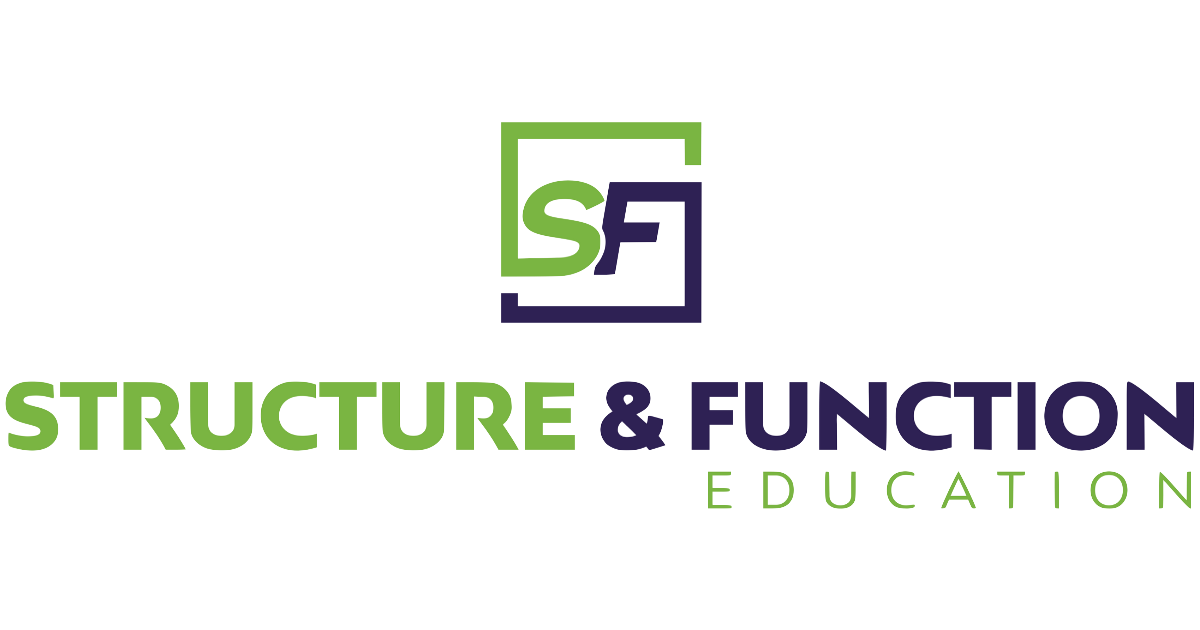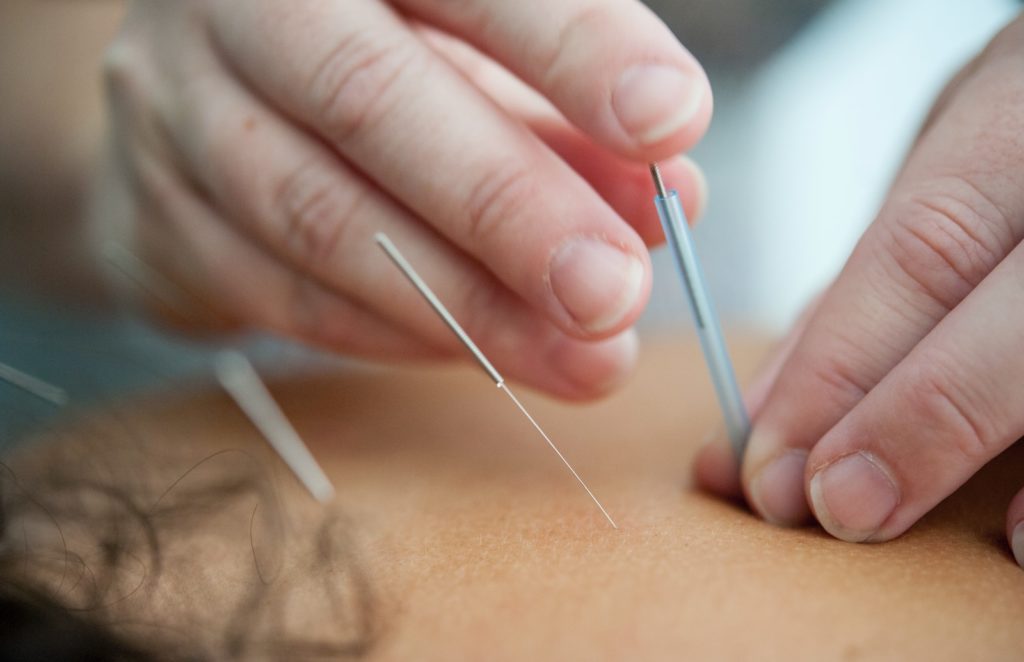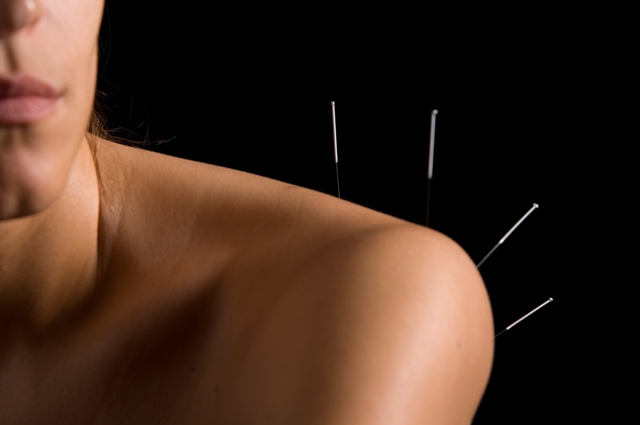A recent bout of publications has provided insight into one of the techniques we discuss in our courses, treating neck pain with dry needles1–5. Neck pain is a real “pain in the neck”. In 2017, neck pain’s global prevalence rate of approximately 3500 per 100,000, and incidence rates of approximately 800 per 100,000.6 In 2016, among the 154 conditions, low back and neck pain had the highest health care spending in the United States, with an estimated $134.5 billion being spent on spinal pain-related conditions.7 Neck pain is a multifactorial disease. Several population-based studies have explored the role of various modifiable and non-modifiable risk factors for neck pain. There are psychological, musculoskeletal, neuromuscular, occupational, and behavioral factors among these modifiable risk factors.8
Dry needling has been used to treat neck pain of musculoskeletal and neuromuscular origin. 1–5
Recent case studies have demonstrated the use of dry needling to treat neck pain in patients. Pavkovich recently published a case report detailing the use of dry needling to treat neck pain. He demonstrated improvements in pain and disability, as measured by the Neck Disability Index and Quadruple Visual Analog Scale after dry needling of the levator scapula, upper trapezius, infraspinatus, and supraspinatus.1 These results demonstrate the multifactorial causes of neck pain as he never needled the cervical spine proper. Another recent case study took the more directly cervical approach. Perreault et al. recently published a case report on dry needling to treat neck pain and headaches.3 A combination of trigger point dry needling and periosteal dry needling with therapeutic exercise was used to treat this patient. Trigger point dry needling to the right sternocleidomastoid, upper trapezius, semispinalis capitis, splenius capitis was used during the first treatment along with periosteal dry needling to the right C2 and C3 articular pillars with 6 taps onto each bone over 3–4 mm area. The periosteal needling was repeated during the second treatment session. Upon discharge, the pain was reduced from an 8/10 on intake to a 0/10 at rest and with all movements. At one-month post-discharge, the patient remained symptom-free.3
Lastly, systematic reviews demonstrate the effectiveness of dry needling for neck pain as well.5,11–13 One was recently published by Berger et al.5 found that dry needling was efficacious for neck pain and that dry needling treatments are generally safe and inexpensive. They concluded that dry needling should be considered part of a multimodal approach to treating neck pain. However, they wanted more head-to-head studies to provide better data to support a choice of a specific treatment over another.5 Fernandez-De-Las-Penas et al. did a review of the effects of combining dry needling with other physical therapy interventions versus the application of the different interventions or dry needling alone applied over trigger points associated to neck pain. They concluded that there was low-to-moderate evidence to suggest a positive effect of the combination of dry needling with other interventions for improving pain intensity, pain-related disability, pressure pain thresholds, and cervical range of motion in people with neck pain associated with trigger points in the short-term.
Safety
The evidence reviewed points to the positive effects of even low dosages of needles to manage neck pain. However, needling for neck pain requires proper education and skill. As Halle and Halle state, “Any needle penetration in the upper trapezius region, lower cervical paraspinals, rhomboids, supraspinatus, or other similarly placed muscle (e.g., levator scapulae, etc.), is at a level where lung tissue needs to be considered”.14 In addition, without proper technique, an epidural hematoma is also a concern in the cervical region, as seen in the case study by Lee and colleagues.15 As such proper education is integral to performing cervical needling competently. If you’re interested in learning how Structure & Function Education’s Pentamodal Method of dry needling can help you learn to needle the trapezius and cervical spine safely, enroll today in Foundations of Dry Needling for Orthopedic Rehab & Sports Performance at structureandfunction.net. Or, if you have already taken SFDN1, join us at Advanced Dry Needling for Orthopedic Rehab & Sports Performance or Comprehensive Approach to the Cervical and Thoracic spine course to further your education in this complex area at structureandfunction.net
References
- Pavkovich R. The use of dry needling for a subject with acute onset of neck pain: a case report. Int J Sports Phys Ther. 2015;10(1):104-113.
- Hernandez JVL, Calvo-Lobo C, Zugasti AMP, Fernandez-Carnero J, Alacreu HB. Effectiveness of Dry Needling with Percutaneous Electrical Nerve Stimulation of High Frequency Versus Low Frequency in Patients with Myofascial Neck Pain. Pain Physician. Published online 2021:10.
- Perreault T, Cummings M, Dommerholt J, Hayes D, Hobbs J. Periosteal Needling to the Cervical Articular Pillars as an Adjunct Intervention for Treatment of Chronic Neck Pain and Headache: A Case Report. Appl Sci. 2022;12(6):3122. doi:10.3390/app12063122
- Martín-Sacristán L, Calvo-Lobo C, Pecos-Martín D, Fernández-Carnero J, Alonso-Pérez JL. Dry needling in active or latent trigger point in patients with neck pain: a randomized clinical trial. Sci Rep. 2022;12(1):3188. doi:10.1038/s41598-022-07063-0
- Berger AA, Liu Y, Mosel L, et al. Efficacy of Dry Needling and Acupuncture in the Treatment of Neck Pain. Anesthesiol Pain Med. 2021;11(2):e113627. doi:10.5812/aapm.113627
- Safiri S, Kolahi AA, Hoy D, et al. Global, regional, and national burden of neck pain in the general population, 1990-2017: systematic analysis of the Global Burden of Disease Study 2017. The BMJ. 2020;368:m791. doi:10.1136/bmj.m791
- Dieleman JL, Cao J, Chapin A, et al. US Health Care Spending by Payer and Health Condition, 1996-2016. JAMA. 2020;323(9):863-884. doi:10.1001/jama.2020.0734
- Kazeminasab S, Nejadghaderi SA, Amiri P, et al. Neck pain: global epidemiology, trends and risk factors. BMC Musculoskelet Disord. 2022;23(1):26. doi:10.1186/s12891-021-04957-4
- Ziaeifar M, Arab AM, Mosallanezhad Z, Nourbakhsh MR. Dry needling versus trigger point compression of the upper trapezius: a randomized clinical trial with two-week and three-month follow-up. J Man Manip Ther. Published online October 15, 2018:1-10. doi:10.1080/10669817.2018.1530421
- Arias-Buría JL, Monroy-Acevedo Á, Fernández-de-las-Peñas C, Gallego-Sendarrubias GM, Ortega-Santiago R, Plaza-Manzano G. Effects of dry needling of active trigger points in the scalene muscles in individuals with mechanical neck pain: a randomized clinical trial. Acupunct Med. Published online March 30, 2020:0964528420912254. doi:10.1177/0964528420912254
- Lew J, Kim J, Nair P. Comparison of dry needling and trigger point manual therapy in patients with neck and upper back myofascial pain syndrome: a systematic review and meta-analysis. J Man Manip Ther. Published online September 22, 2020:1-11. doi:10.1080/10669817.2020.1822618
- Navarro-Santana MJ, Sanchez-Infante J, Fernández-de-las-Peñas C, Cleland JA, Martín-Casas P, Plaza-Manzano G. Effectiveness of Dry Needling for Myofascial Trigger Points Associated with Neck Pain Symptoms: An Updated Systematic Review and Meta-Analysis. J Clin Med. 2020;9(10). doi:10.3390/jcm9103300.
- Fernández-De-Las-Peñas C, Plaza-Manzano G, Sanchez-Infante J, et al. Is Dry Needling Effective When Combined with Other Therapies for Myofascial Trigger Points Associated with Neck Pain Symptoms? A Systematic Review and Meta-Analysis. Pain Res Manag. 2021;2021. doi:10.1155/2021/8836427
- Halle JS, Halle RJ. PERTINENT DRY NEEDLING CONSIDERATIONS FOR MINIMIZING ADVERSE EFFECTS – PART ONE. Int J Sports Phys Ther. 2016 Aug;11(4):651-62. PMID: 27525188; PMCID: PMC4970854.
- Lee JH, Lee H, Jo DJ. An Acute Cervical Epidural Hematoma as a Complication of Dry Needling: Spine. 2011;36(13):E891-E893. doi:10.1097/BRS.0b013e3181fc1e38





